THE GAME: ALL THINGS TRUMP
Andres Serrano

ARTIST STATEMENT
"Art is all a matter of personality." Marcel Duchamp
Before Donald Trump was President, he was Donald Trump. Donald Trump can be described as a showman, a businessman, a tyrant, a paradox and the President of the United States, but the question remains, who is Donald Trump? The answer is, Donald Trump is many things to many people.
The Game: All Things Trump is a journey through the world Donald Trump created for himself starting in the 1980s. His brand, his name, his casinos, his hotels, his products, his everything. Among the hundreds of objects in this installation are some of Donald Trump’s greatest hits including Trump Shuttle, Trump Vodka, Trump University, Trump Steaks and the Ego sign from the Ego Lounge at the Taj Mahal.
The scope of the body of work is as vast as Donald Trump’s reach has been and shows that long before he became a President, Donald Trump wrapped himself around America and called it his.

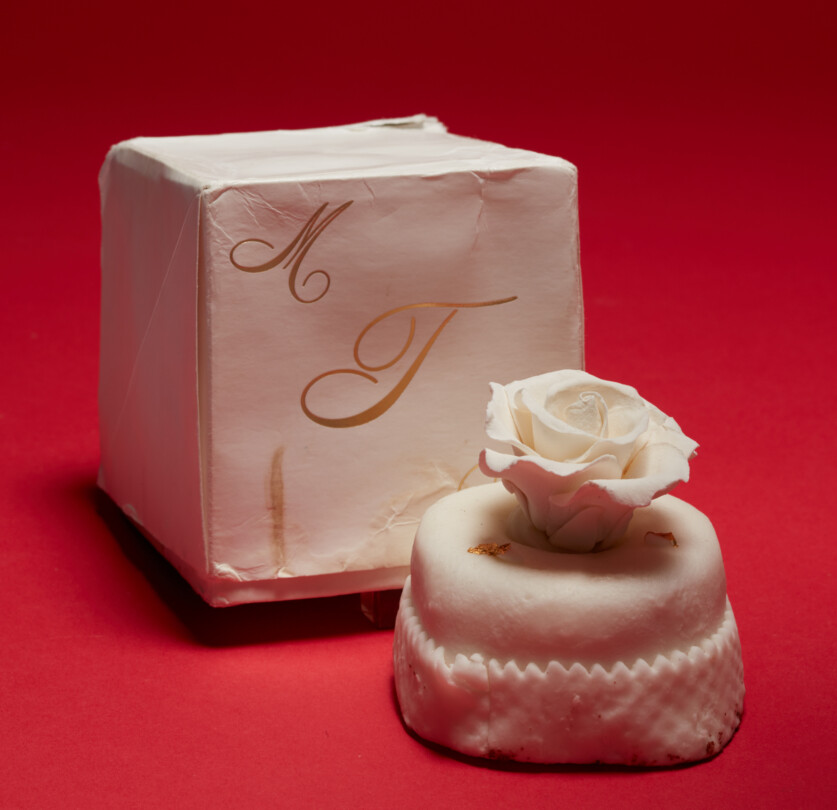
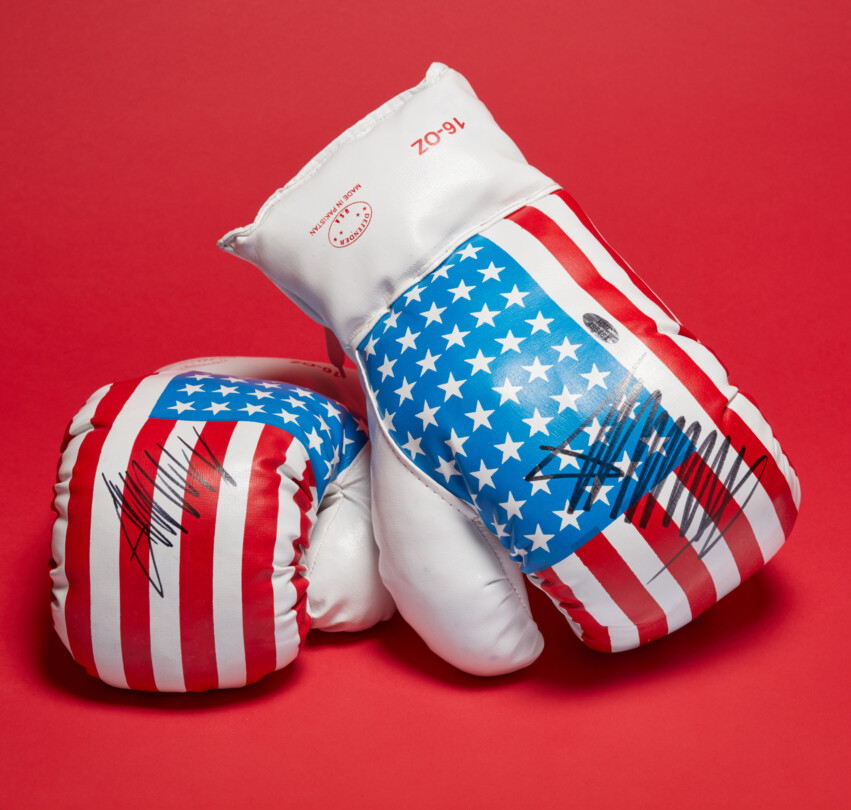
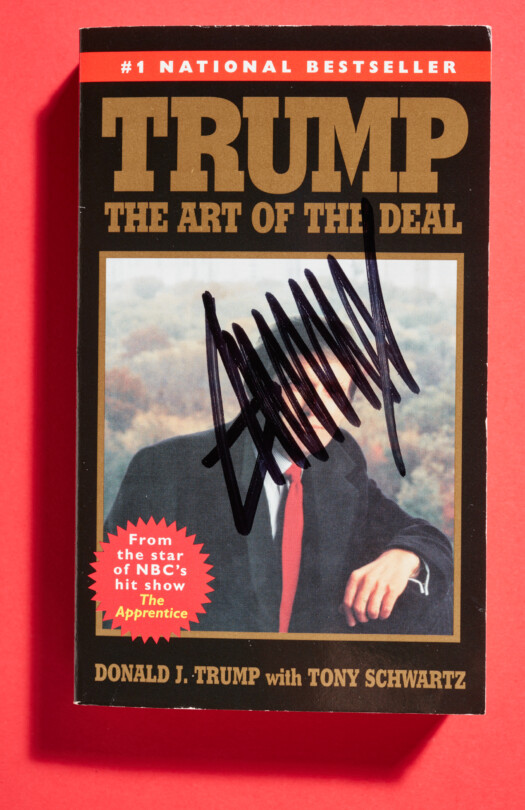

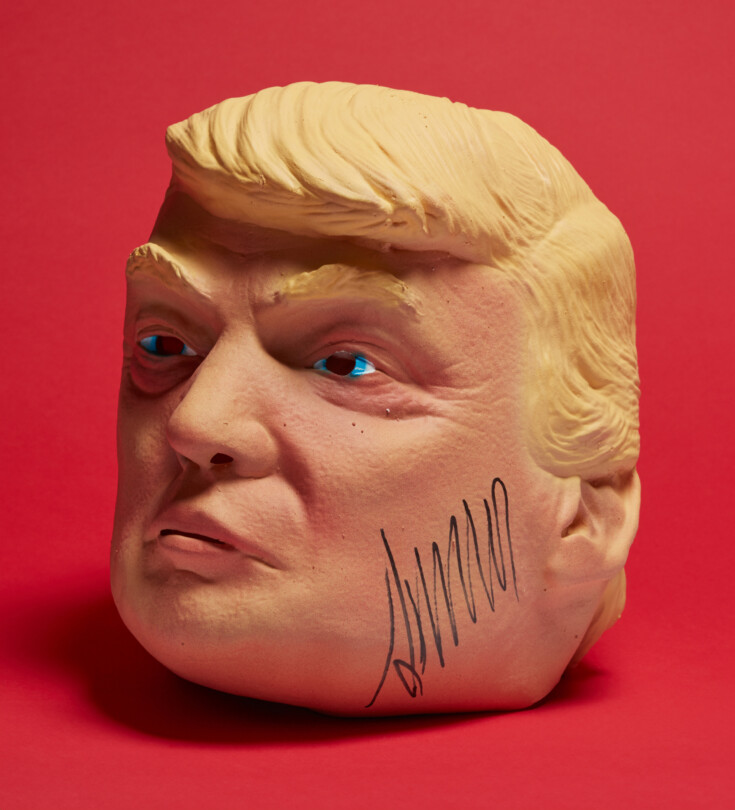
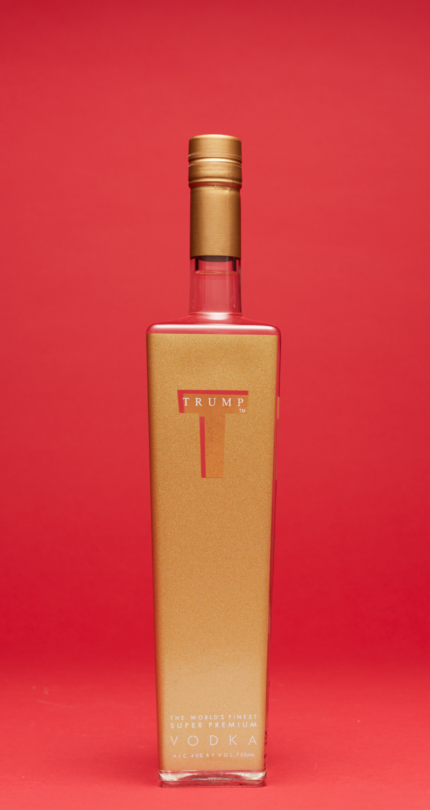

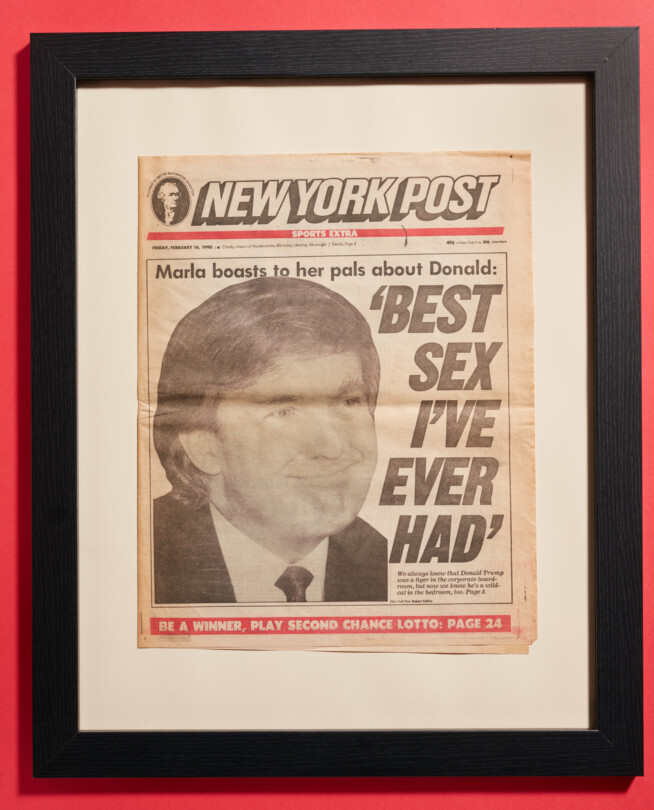

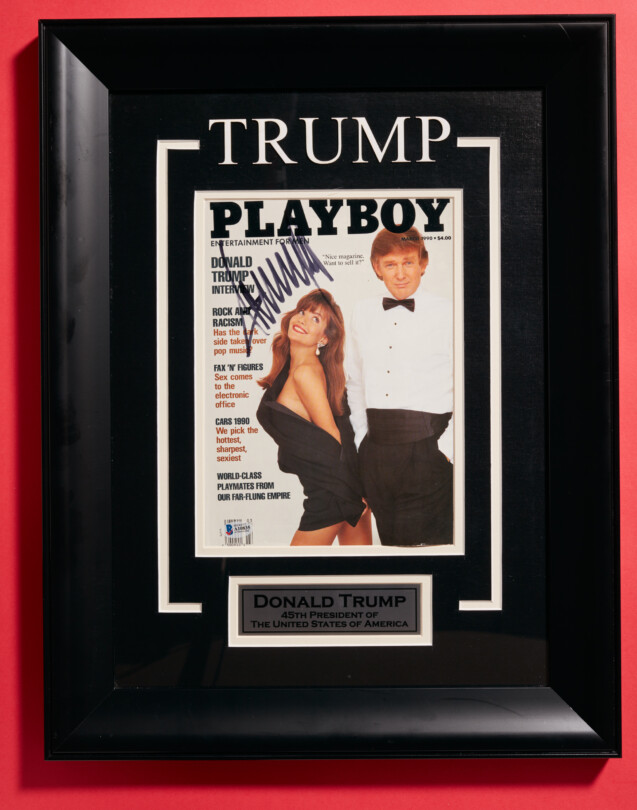
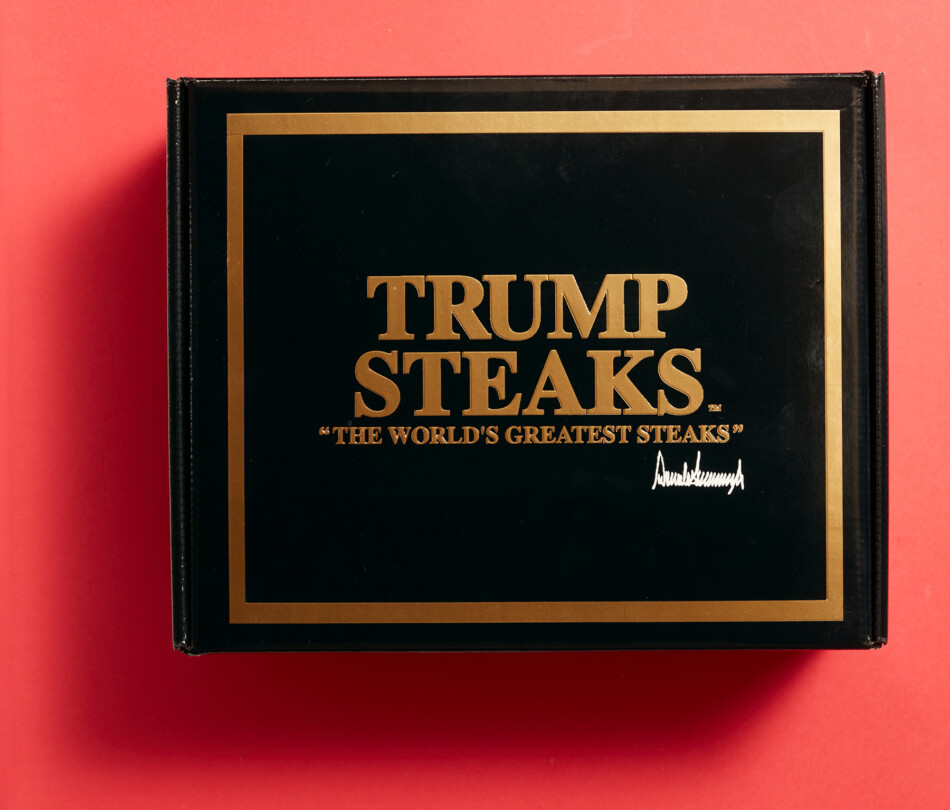
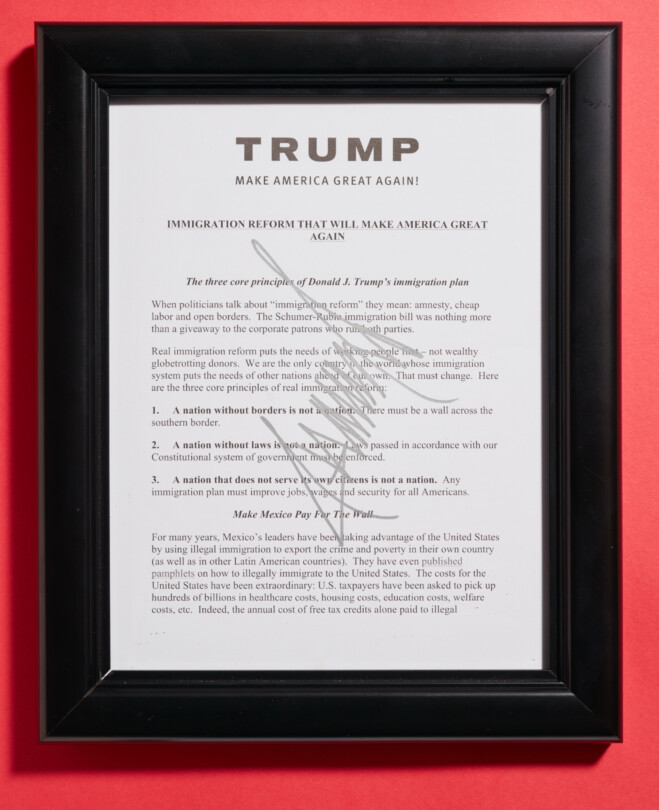
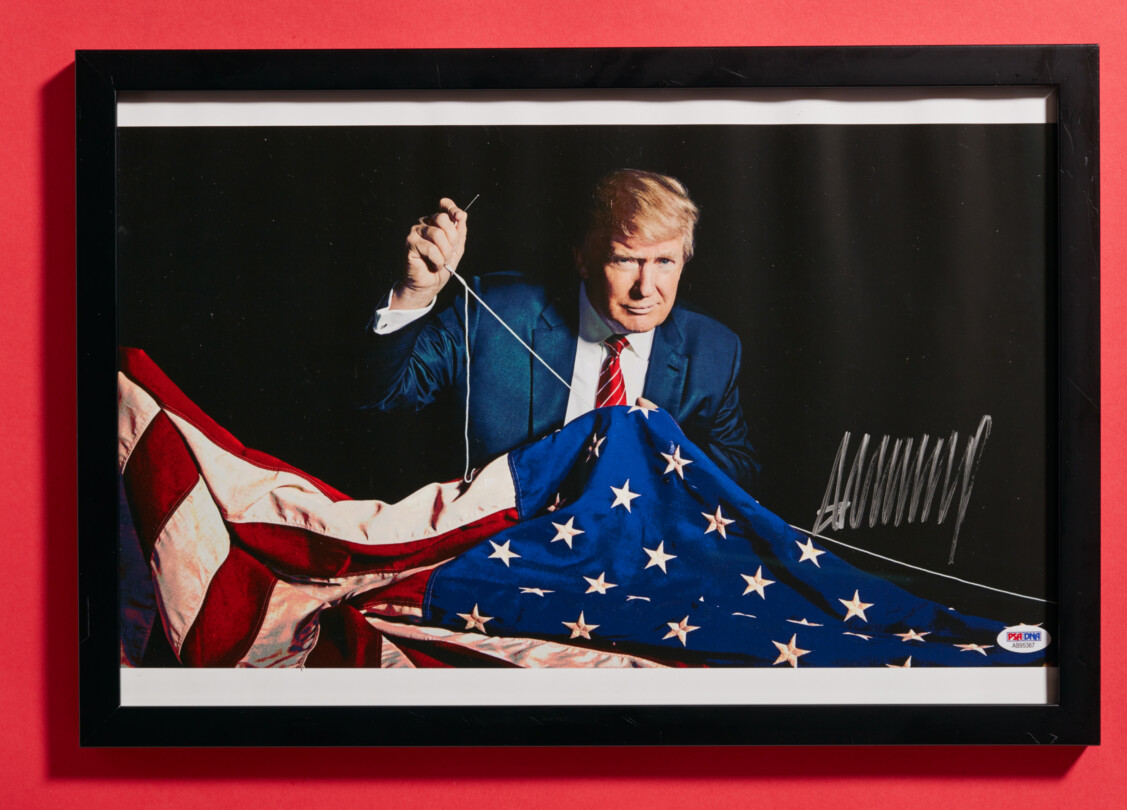
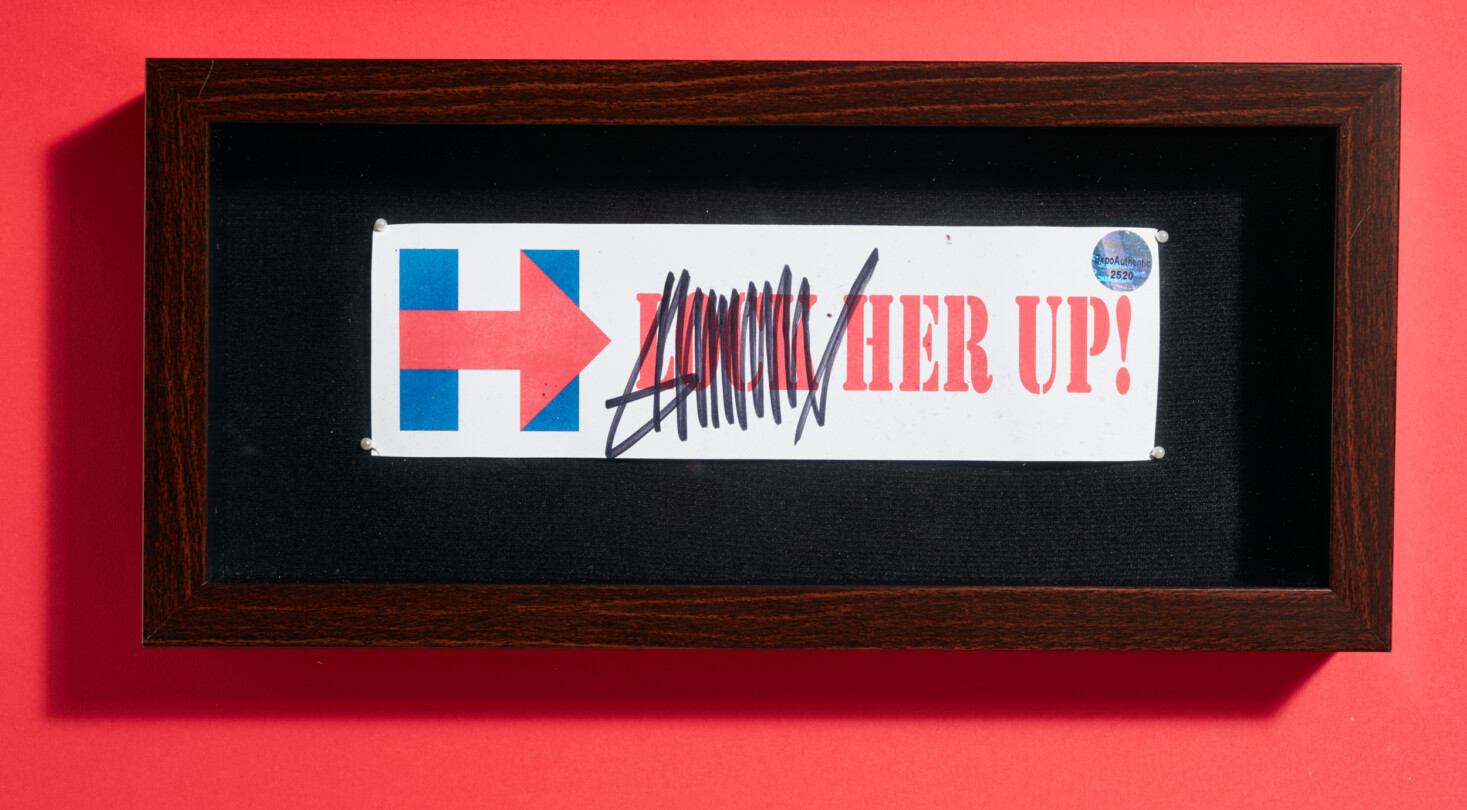
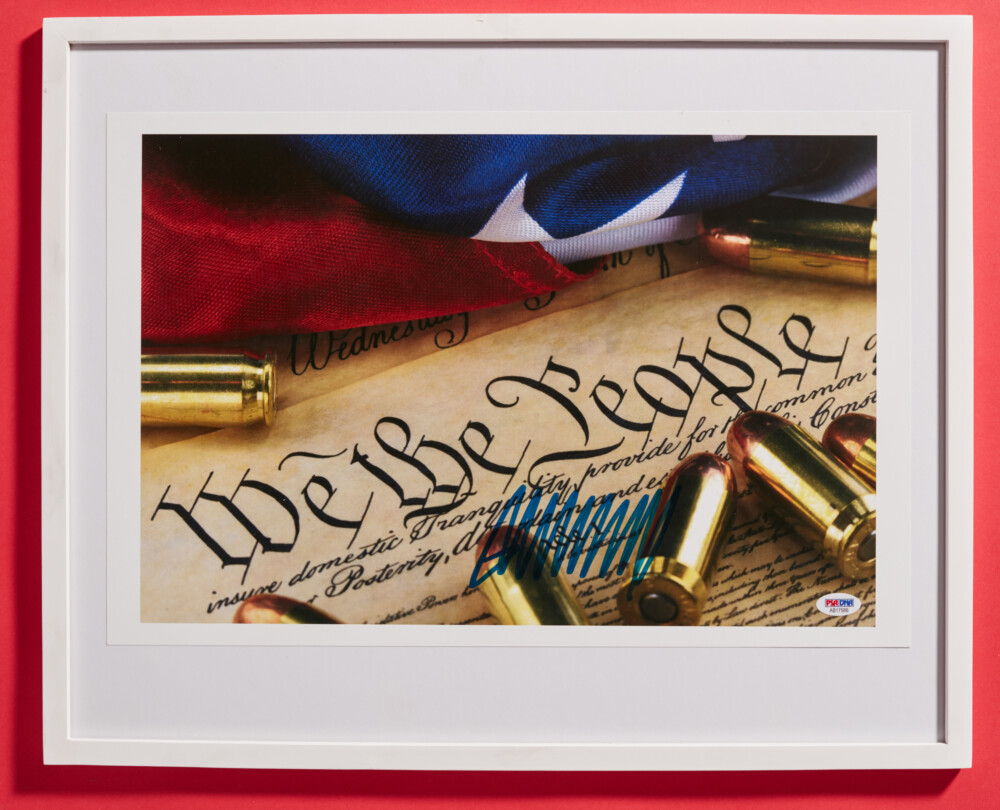

Essay
For decades, we all ate trump up. Artist Andres Serrano asks, "why?"
By Jerry Saltz
At the dark heart of Andres Serrano’s The Game: All Things Trump is what I consider the American swastika: a red hat with Trump’s nativist slogan “Make America Great Again.” By that I don’t mean that the hat represents Nazism, but that MAGA is the closest this country has come to creating a symbol, graphic emblem, or visual representation that radiates its message with such Rorschach power — that serves as a visual explication of an ideology and one man: Trumpism and Trump.
But the show was much bigger than that one hat. Serrano’s large two-floor museological installation in a West Village gallery/club featured over 1,000 Trump-related objects and products bought on eBay by the artist (at a cost of $200,000). Items were displayed in cases, on bases, and behind glass, and are all carefully labeled. It looked like a Trump Junk Shop. Among the many objects with his visage, signature, or name (or his family’s and fellow con men and con women) are items spouting porn-y headlines, branded resort souvenirs, sponsorship logos, mementos of his failed businesses and golf courses, foreclosure notices he took out on others and that were taken out on him, and evidence of the never-ending coverage by his most important 30-year enabler: the press. See the numerous New York Post covers featuring racy stories about Trump’s divorces and bad business deals. See the Post’s “Best Sex I Ever Had”—supposedly a quote from his soon-to-be second wife, Marla Maples, that turned out to have been phoned in and spoken by Trump himself masquerading as a Trump Organization spokesperson named “John Barron.” (The reporter recorded it. Trump denied it was him. This is one sick fuck.) See his face on the covers of Time, Newsweek, Spy, TV Guide, People, GQ, Fortune, Palm Springs Life, The National Enquirer, this magazine, and many others, not to mention the endless promotion by television networks. Having taken it all in, I find it hard to feel that the collection merely tells the story of one man, no matter how flamboyantly fame-crazy, tasteless, ruthless, and full of entitlement and rage. It is a portrait of us, America.
Serrano has said, “I wanted to paint a portrait of Donald Trump using his own brushes … Ever since the ’80s, Donald Trump has been associating himself with a particular vision of American success … that paints him as all-American.” To this end, Serrano purchased Trump-related items for seven hours a day since April 7, 2018. “I make art about very basic things,” he says. “Life, death, sex, religion, excrement … it’s only natural that it’s now Trump.” To anyone offended that Serrano’s “portrait” is not an obvious piece of anti-Trump agitprop, the artist says, “I’ve seen a lot of artwork that’s anti-Trump, and frankly it’s not good.” He’s right.
The Game is much more interesting. It isn’t about chain-saw politics and propaganda. Instead, it employed the most polarizing figure in the Western world — perhaps in American history — to create two different exhibitions in one. Trump supporters, happy-talking Fox News conspiracy theorists, Vichy Republicans in Congress, wealthy beneficiaries of recent Republican tax breaks, and the red-meat base will look at this artwork, and say, “This is who we are! Isn’t it great?” The remaining (approximately 60 percent) of this country, including those of us who see all things MAGA as representing America as a failed state run by minority rule resulting in a reign of domestic terror that traffics in malicious viciousness, spectacle, graft, xenophobia, nationalism at its most dangerous, and common scumbaggery, will look at this artwork and say, “This is who we are! This is tragic.”
By “us,” Serrano means America’s 40-year fascination with and fixation on this brash bombastic, obviously unscrupulous, and brutal self-branded avatar of American celebrity and success. To feed the fires, he made himself forever available to the press, and the press fed on him. In turn, he fed on it and our inability to ever look away — happy to cast him as “our” cartoon modern P. T. Barnum of unleashed American id, ambition, bluster, and showboating. Over that time, Trump became inexorably entwined with America’s national consciousness and grew stronger. And more visible, becoming a TV star. By the time he rode down the escalator of Trump Tower and before beginning his thinly veiled white-nationalist immigrant-hating campaign, he had 100 percent name-recognition. Indeed, for that next year, no one could look away when this celebrity hot dog was on TV, pompous but totally comfortable in himself, spouting whatever he needed to say to woo the rubes. When he first announced his candidacy, many progressives saw Trump’s blustering rage as a path to a 50-state presidential victory and the final elimination of Republican conservatism as it had evolved in the 21st century. Our old racist Uncle Trump at the end of the American bar would lose so decisively that the long arc of justice would finally cut the head off this part of the long American night. We could finally go high when they went low.
Of course, as soon as The Game opened, our online knee-jerk outrage culture kicked in. Serrano was taken behind the digital woodshed, as progressives charged him with “glorifying this monster,” “giving him attention,” “adding power to this awful man,” and acting as “Trump propagandist.” Perhaps, had all this been displayed at Trump campaign stops (often it is) and in Fox News greenrooms, parroted by Jerry Farwell and the Evangelical right. But come on! This installation was by one of the most visible artists of color in the last 30 years and displayed in a quasi art gallery near Chelsea. I’m all for being intolerant of intolerance, unleashing our anger and never negotiating with his base, which thinks that the country is being taken over by brown people, that everyone is out to get them and living on the dole (many Trumpists receive many sorts of government assistance), while taking their white privileges away. It seems disingenuous to express dismay that an artist is trying to document this long rise and the considerable complicity necessary for it to have grown into this malignancy and national emergency.
Plus Serrano has earned our trust. He is no stranger to culture wars. He was there at ground zero on May 1, 1989, when a catalogue with his iconic photograph Piss Christ was torn up on the floor of the U.S. Senate. Soon thereafter, gay photographer Robert Mapplethorpe was denounced in Congress for his Man in a Polyester Suit, a photograph of a black man with a long penis. In 1999, attack dog Rudy Giuliani went after the work of yet another artist of color, Chris Ofili’s Holy Virgin Mary, a depiction of Mary as black. This hate has been visibly here and nurtured for a long time.
And yet on view is something a bit different: not out-and-out hate, but a real example of what the banality of banality and the banality of evil look like. See Trump-signed golf bags, American-flag boxing gloves, posters of him as Betsy Ross sewing an American flag, MAGA hats and jackets, “Hillary for Prison” novelty bills, and “Trump: the Game” — the board game’s motto is “It’s not whether you win or lose; its whether you win.” There’s a piece of his and Melania’s 2005 golden-flaked wedding cake, a Trump designer tie collection, slot-machines, soap, cuff links, body lotion, books he supposedly wrote, hairspray, beer mugs, Miss America paraphernalia, and bunches of stuff from the failed Trump Shuttle. Also here are signed pictures of all of his wives, Ivanka, Kellyanne Conway, and the other patsies and hustlers. We loved this shit, ate it up — even as we hated it and mocked it. We thought we could enjoy the pleasure of his crassness and still remain superior, aloft and aloof, safe from what he represented. But in enjoying it, we empowered him.
Of course, Serrano’s noble project is only a picture of the surface of what this pyramid-of-bullshit, trillion-dollar-deficits, “nascent totalitarianism by a birther who accused Barack Obama of being a Kenyan-born sleeper” candidate looked like before it became MAGA madness. The Game is not an actual “portrait.” It doesn’t give us Trump aged, bloated, surrounded by Republican henchmen and henchwomen, championed by perhaps the worst immigrant in American history, Rupert Murdoch. (My immigration policy would be deport just one family: the Murdochs — I surmise America would begin to heal before long.) The Game can’t give us the man who supported an accused child molester for the U.S. Senate, called fascists “good people,” was accused by 23 (!) women of sexual assault or harassment, and lied about paying off a porn star after sleeping with her while his wife was at home with a newborn infant. The meanness isn’t here or the terrible judgment and danger. Sadly, missing from this undertaking (the Smithsonian should purchase the whole thing) are the crazy full-page ads Trump took out in all the New York newspapers on May 1, 1989 — as fate would have it, the same day Serrano’s Piss Christ was destroyed and Serrano was made into a black devil of the Republicans. Trump’s ad called for the return of the death penalty to kill “the Central Park Five.” These were four black boys and one Hispanic who were accused of, and later acquitted of, the brutal rape of a white female jogger. Baring the fangs of who he was and is, that May Trump told Larry King, “I hate these people, and let’s all hate these people, because maybe hate is what we need if we’re gonna get something done.”
"Mr. Serrano’s installation reminds us how relentlessly the president made his legend…" THE NEW YORK TIMES
INSTALLATION
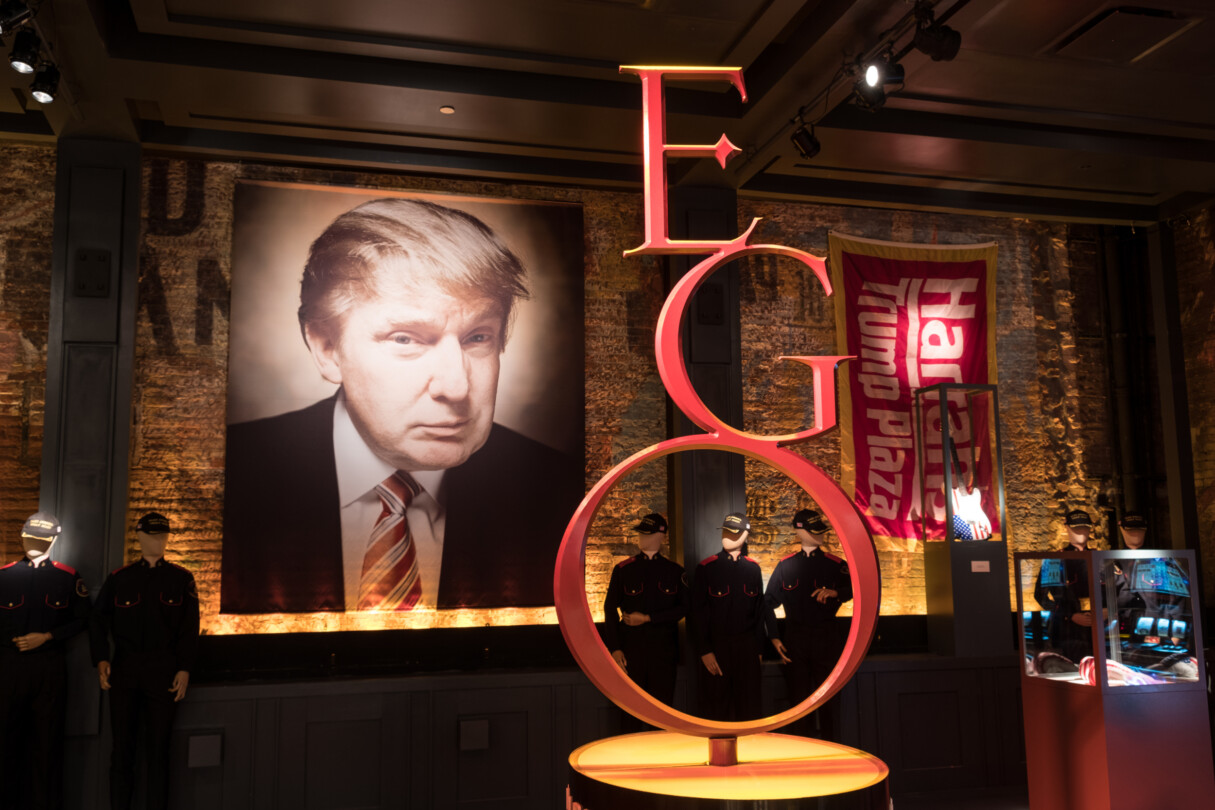

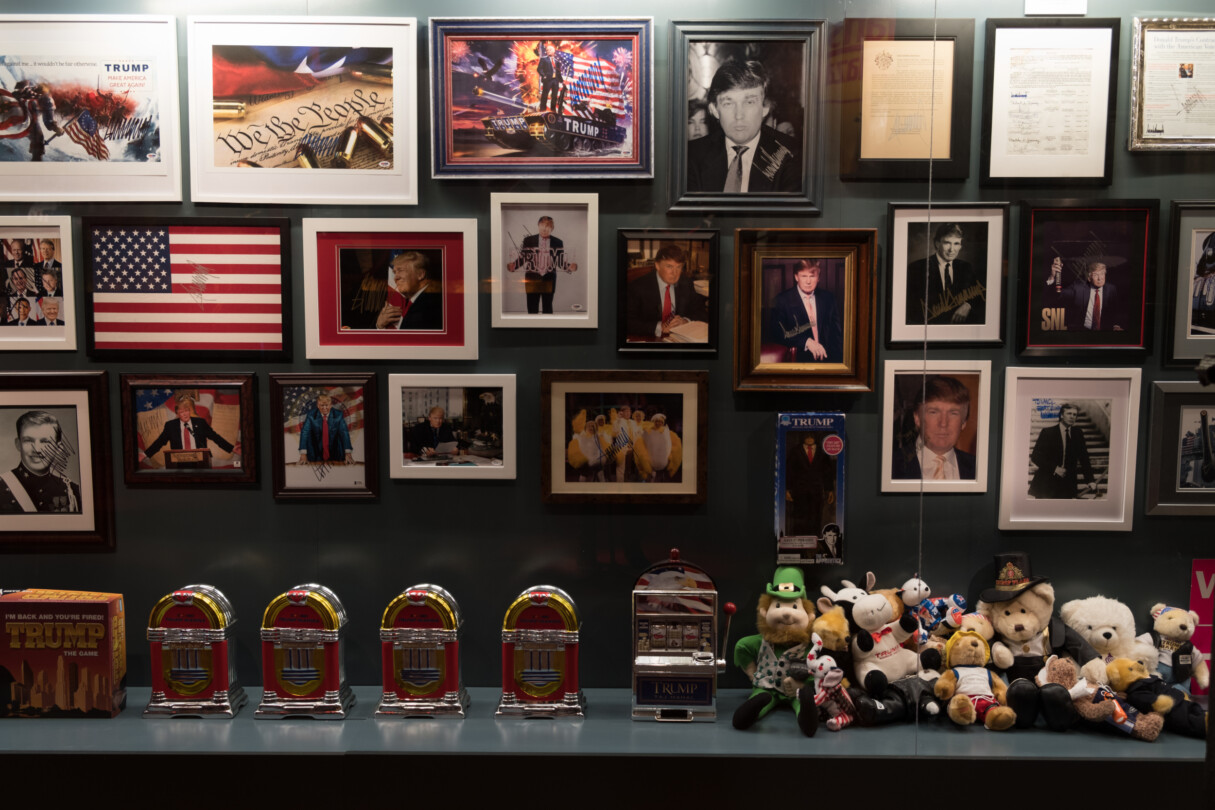

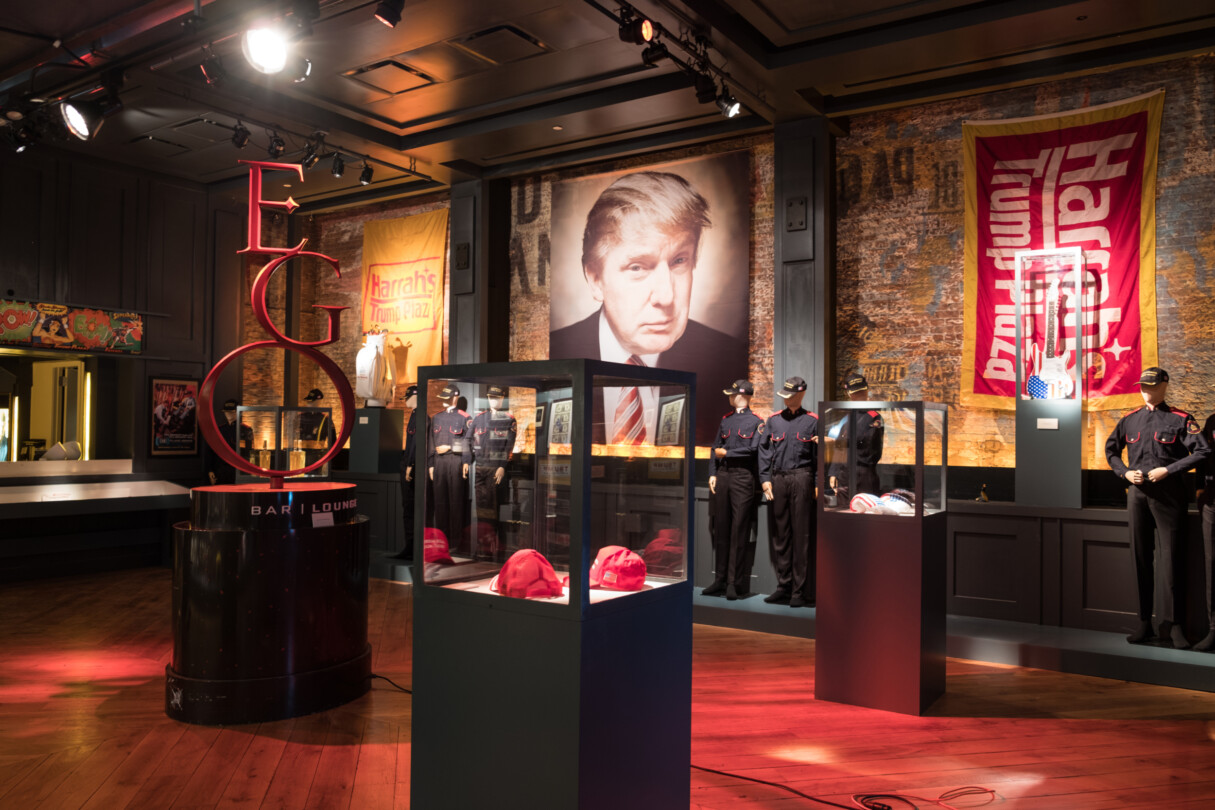

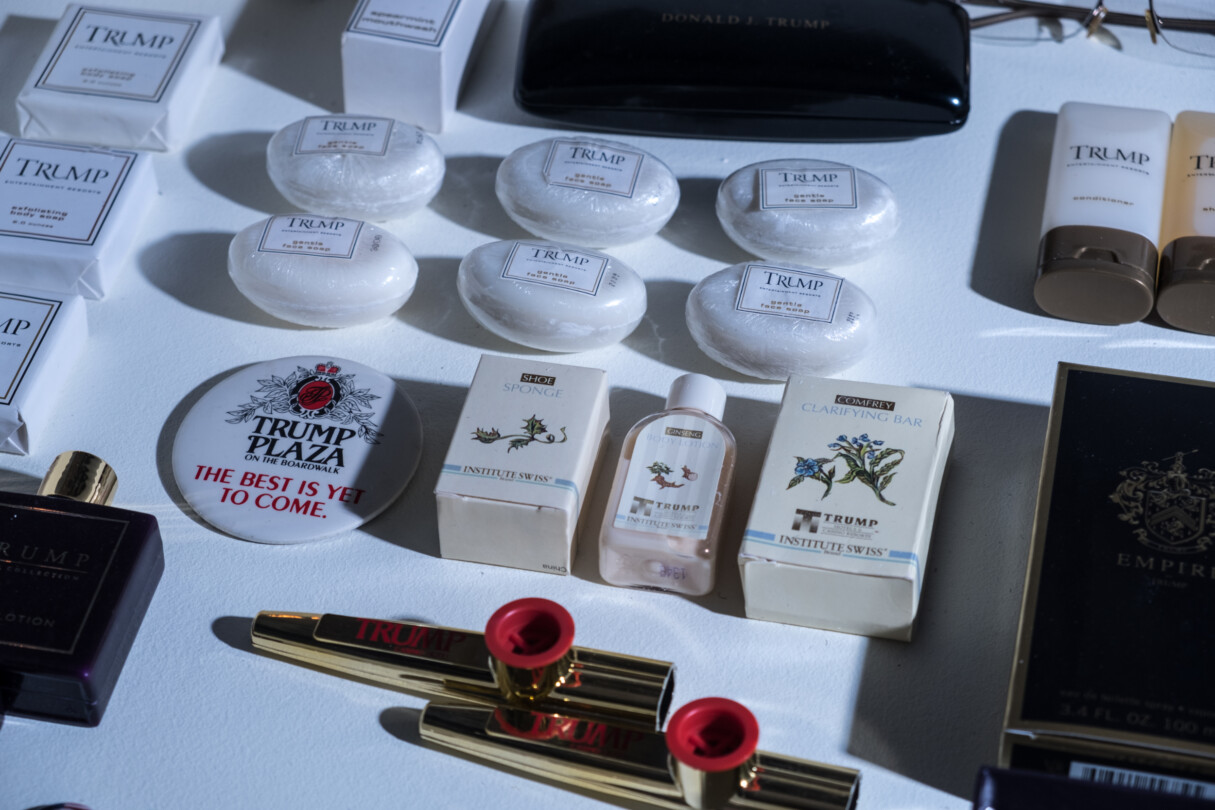
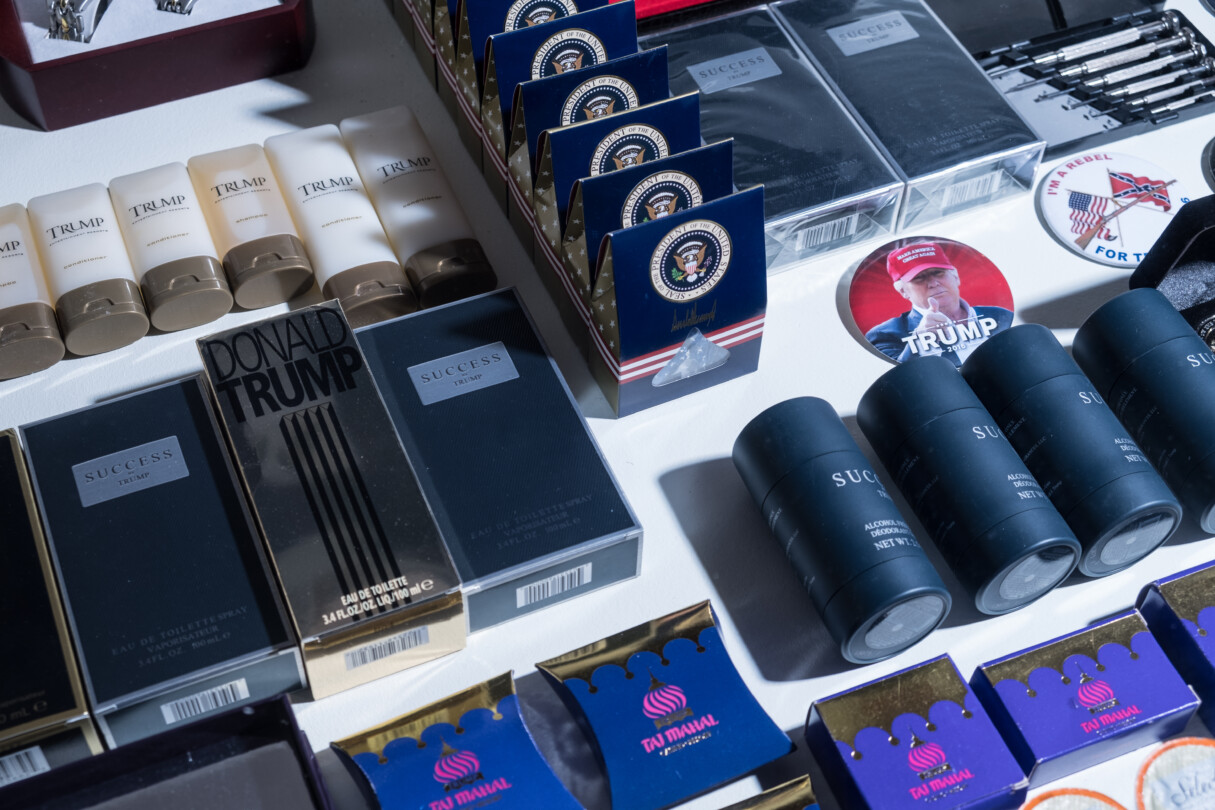
Suggested
INSURRECTION
Andres Serrano

TORTURE
Andres Serrano
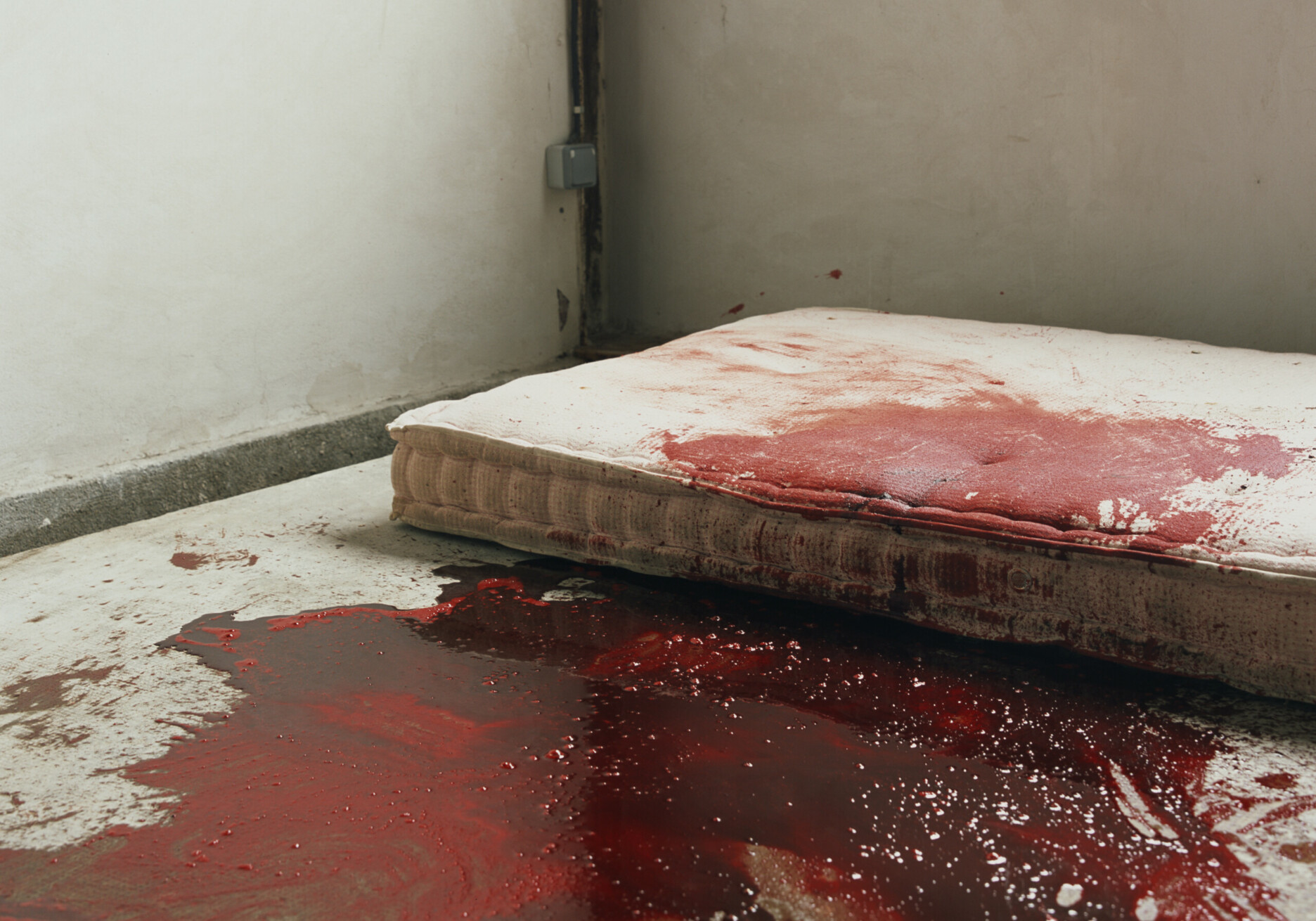
PISS CHRIST NFT
Andres Serrano
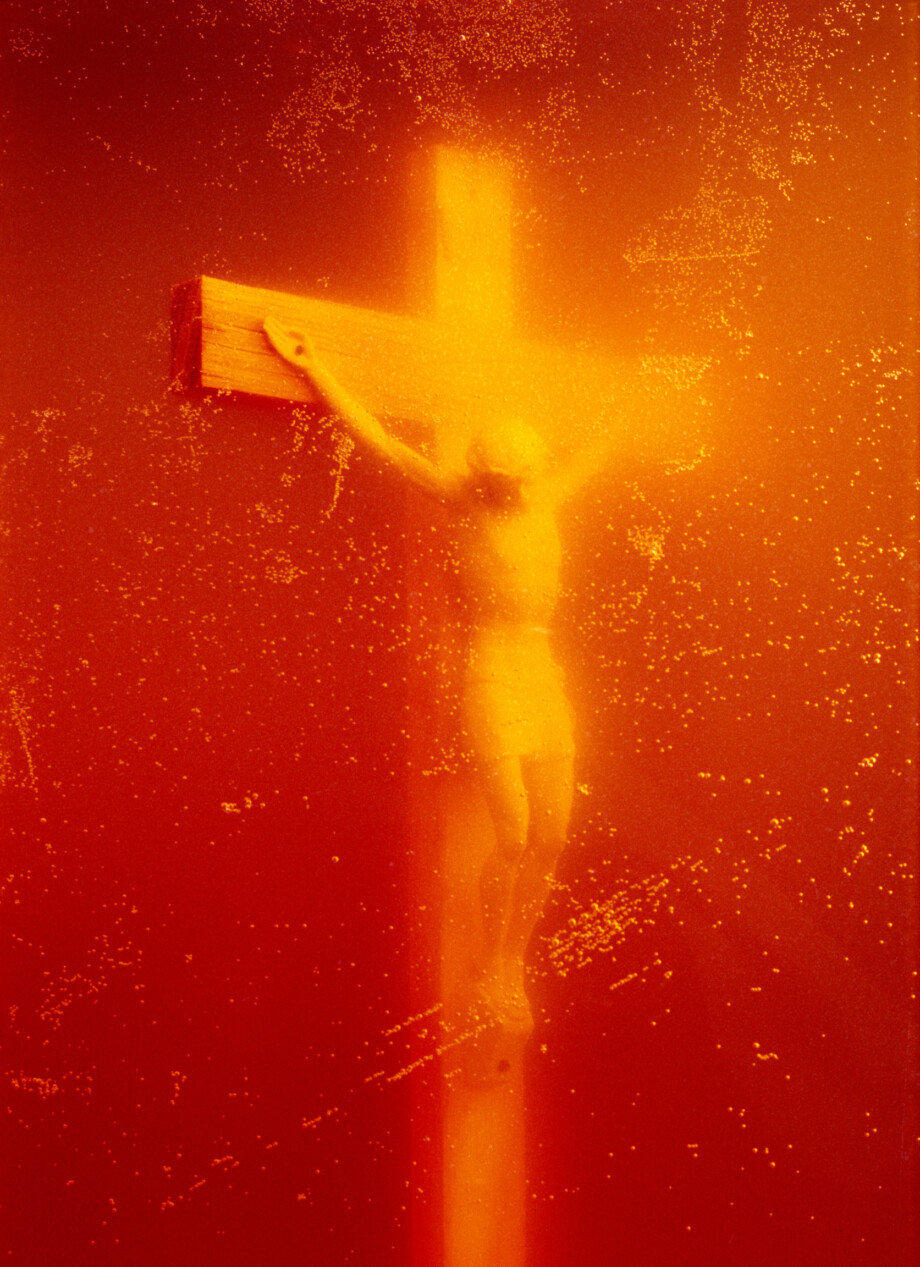
ORDER
Democracia

Black Flag
Santiago Sierra

END GENOCIDE
Katharine Hamnett
